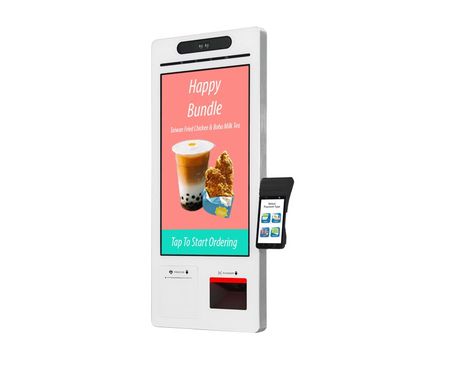By Liang+Wei Liaw
•
August 22, 2025
Running a restaurant, café, or takeaway in Singapore has never been more challenging. Rental costs are rising, manpower shortages are the norm, and competition is fierce with new eateries popping up every month. In such a climate, F&B owners are searching for smart, low-cost ways to attract and retain customers. One underused yet highly effective tool is the promo code . Flexible, trackable, and easy to implement, promo codes can do far more than just cut prices — they can transform your marketing, boost customer loyalty, and provide valuable insights. Here’s why promo codes are a powerful lifeline for F&B businesses today. 1. Win Over First-Time Diners Many customers hesitate to try new places because they’re unsure if the food is worth the price. A simple promo code lowers that barrier and encourages trial. Example: “WELCOME10 – Enjoy 10% Off Your First Meal” Effect: This reduces risk for the customer while giving your business a chance to impress and convert them into repeat visitors. Think of promo codes as your digital sampling tool . Instead of giving away free food, you’re offering a discount that motivates trial but still drives revenue. 2. Keep Customers Coming Back Acquiring customers is tough — but keeping them is even harder. Promo codes linked to loyalty programs can nudge one-time visitors into becoming regulars. Example: “Get $5 Off Your Next Meal – Code: LOYALTY5” Effect: Customers feel rewarded and are more likely to return to claim their perks. Pair promo codes with your POS-integrated CRM system . Every time a customer redeems, it’s recorded, giving you insights into who your loyal diners are. With this data, you can run even more targeted campaigns. 3. Fill Empty Seats During Off-Peak Hours For most outlets, sales spike during lunch and dinner — but there’s a big slump between 2–5 pm and after 9 pm. Empty seats mean wasted rent and manpower. Promo codes are a great way to incentivize visits during these dead zones. Example: “TEATIME20 – Get 20% Off Desserts from 3–5 PM” Effect: Even a small boost in footfall during off-peak hours adds incremental revenue. This is similar to yield management in airlines and hotels — you maximize utilization during quiet times to improve overall profitability. 4. Grow Online Orders & Delivery Sales Food delivery is booming, but third-party platforms charge hefty commissions. Promo codes can redirect some of that demand to your own ordering channels. Example: “DIRECT4 – $4 Off When You Order From Our Website” Effect: Encourages customers to order directly, helping you save on platform fees. When integrated with your F&B POS system , these direct orders flow seamlessly into your kitchen operations, giving customers a smoother experience while you retain more margin. 5. Measure Marketing ROI with Precision Unlike generic promotions, promo codes are trackable. Each code redeemed gives you clear data on what’s working. Which campaign brought in the most new customers? Which influencer partnership drove actual sales? Which time-based offer increased footfall? By linking promo codes with your POS, you get real-time insights that let you adjust promotions, cut what doesn’t work, and double down on what does. This eliminates wasted marketing spend and ensures every dollar counts. 6. Leverage Influencer Marketing with Trackable Codes Influencer marketing is huge in Singapore’s F&B scene — from micro food bloggers to TikTok creators showcasing hidden gems. Promo codes make these campaigns measurable. Example: Partner an influencer with a unique code like “FOODIE10 – 10% Off Your First Visit”. Effect: You track how many sales that influencer drove, instead of guessing based on likes and views. This turns influencer collaborations into ROI-driven campaigns , helping you decide which partnerships are worth repeating. Conclusion: Promo Codes as a Smart F&B Strategy In tough times, every customer and every dollar matters. Promo codes give F&B businesses a flexible, cost-effective way to win new customers, reward loyal ones, fill empty seats, and track ROI. With the right POS system and CRM integration , promo codes become more than discounts — they become a growth engine that keeps your business competitive in Singapore’s fast-moving market. If you are looking for POS systems, CRM, QR Ordering, Online Ordering, click here to contact us to find out more!












